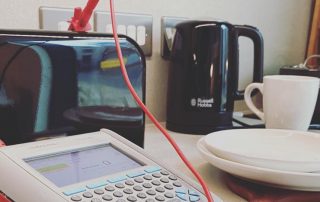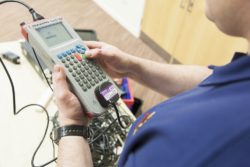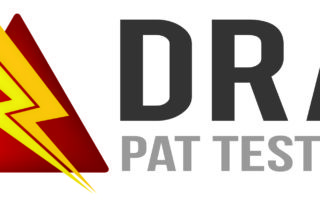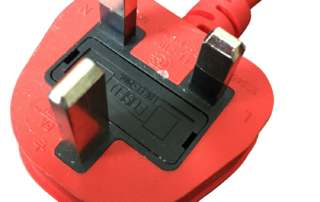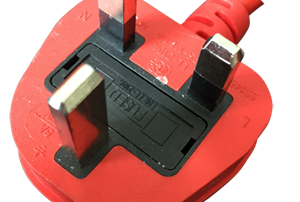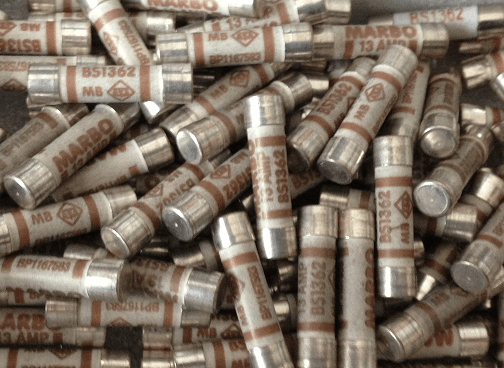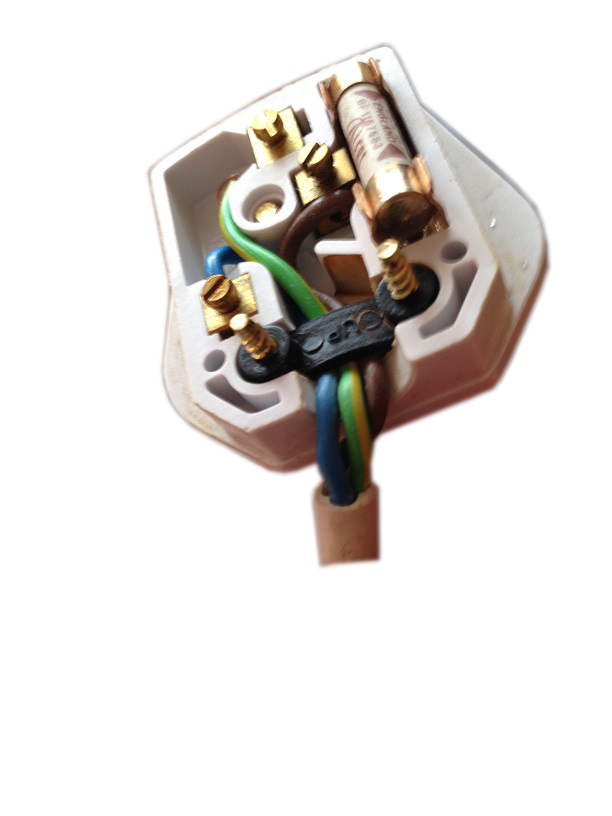That’s NOT PAT Testing
Have you heard about the PAT Testing Network's campaign to show customers what is NOT PAT Testing? The national standards organisation want to raise the profile of the appliance testing industry, illustrating the importance of good appliance testing over poor standards. Some naughty people out there are getting away with charging customers hard earned money for a poor service, and the people at the PTN want to show their customers what is happening. No one [...]


